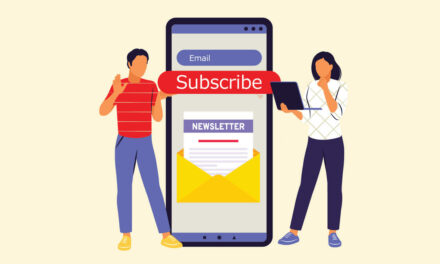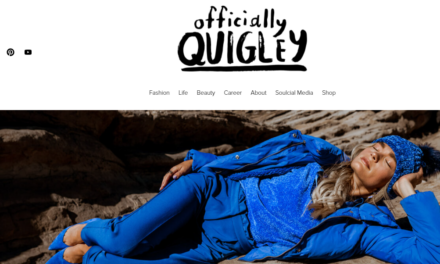Emerging audience research and entertainment technology is leading to ever more personalized advertising, and the shift was especially obvious in the midst of this year’s World Cup fever. A simple television campaign is no longer enough to hook FIFA fans–the shift to digital and social platforms allows for a new wave of engagement and audience interaction.
The best FIFA 2018 campaigns utilized the power of personalization in emerging technology, creating content at scale across multiple platforms.
Keeping Communication at Social Scale
FIFA’s World Cup traditionally draws the largest viewership of any televised event worldwide, broadcasting to 3.5 billion people in more than 200 countries. But 2018 might just mark its most wide-scale reach to date, having pushed an estimated $2.4 billion into the global advertising market.
Needless to say, competition to land a 30-second World Cup TV spot was fierce–and expensive–with only 15 minutes between two halves to squeeze in both commentary and advertising. It’s survival of the fittest, and that’s why brands have turned to social and digital solutions to get their messages out.
This year, advertisers used social media as their main channel for targeting consumers at scale, encouraging a global conversation around the games. Coca-Cola, one of FIFA’s long-standing top-tier partners, revealed a limited-edition Coke can design, sporting numbers zero through nine so fans can share their score predictions on social media.
Interactive elements were likewise harnessed across these digital experiences, engaging with hard-to-reach Millennials and encouraging brand engagement. Budweiser’s voice-activated beer cup and snapchat lens actually reacted to fan hysteria, targeting a high-energy audience via an app notoriously popular with teens and twenty-somethings.
With social media able to deliver on the potential of a vast, international audience, FIFA is well on its way to become a platform for online, global interaction. The more personalized and interactive a conversation, the more brand-building power social media campaigns have. The days of blasting out catchall images on social media are gone. Audiences engage most with messages that speak directly to them.
World Cup sponsor Visa tailored its content to suit time-poor consumers and a younger, more tech-savvy audience. The banking brand launched a collection of short 6-second films developed exclusively for digital media, featuring influencers from six different countries. The campaign aired across 45 markets and in 24 languages – a prime example of personalization per viewer.
It’s clear by now that brands and agencies alike are changing the way they develop content in order to meet the newfound demand for configurable images and video. By embracing CGI techniques developed over the past decade – and more recently, the real-time engines traditionally used in video game development – creative production specialists can simultaneously tailor thousands of brand images to specific markets, in multiple languages.
This style of “Volume Asset Creation” also ensures content is tailored perfectly to the platform it has been created for. New Balance’s general manager of global football Kenny McCallum recently spoke to Marketing Week about its World Cup activations, which aimed to “get under the skin” of consumers who are very much “digital and social animals”.
The brand’s Made it to Moscow campaign offered both short and long-form video to match whichever platform said content appeared on, with the sole aim of ensuring the brand “remains present”. Advertisers recognize the need to look outside of traditional digital methods to more personalized communication and content strategy.
The flexibility and opportunity to experiment is not “a nice to have” option – it’s imperative in today’s competitive landscape, where timelines are tighter, and campaigns are integrated across platforms.
If FIFA 2018 has taught us one thing, it’s that personalization is one of the best ways to stand out from an endless barrage of tweets and chatter; brand awareness and loyalty come from a two-way conversation, engaging with target customers.






